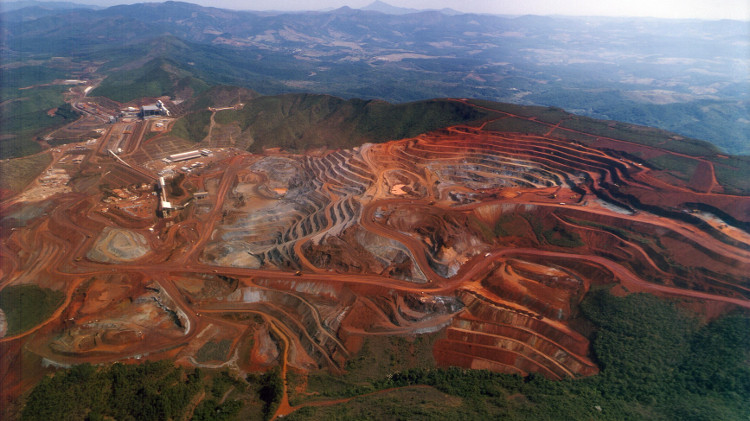The Canadian mining sector’s proposed clean resources supercluster in Ontario, Quebec, and British Columbia is on a shortlist of nine groups looking to share in $950 million in federal funding.
The CLEER (Clean, Low-energy, Effective, Engaged and Remediated) mining supercluster will focus on reducing energy, environmental footprint and water use in Canada’s mining sector by a target of 50 per cent in each area by 2027.
The CLEER supercluster was announced Oct. 11 as having made the shortlist. The project is led jointly by the Centre for Excellence in Mining Innovation (CEMI) and the Canada Mining Innovation Council (CMIC).
“The image people have of mining, we want to shift that. We don’t want to be perceived as a dirty industry,” said Charles Nyabeze, CEMI’s director of business development. “We want to make mining cleaner.”
The project is “about creating clean mining technologies that will be adopted by the industry,” Nyabeze said. “We’re covering the whole spectrum of mining, focusing on advancing technologies in the three categories of water and energy use and mining’s environmental footprint.”
The 2017 Federal budget allotted funding over five years to support a small number of business-led innovation superclusters. Carl Weatherell, executive director and CEO at CMIC said in an interview with CIM Magazine that superclusters are “a dense grouping of all sorts of things necessary to get ecosystems to take off,” and are similar to Silicon Valley.
The goal is to fund the projects that offer the greatest potential to accelerate economic growth. Successful applicants are required to match dollar-for-dollar the federal funds that they receive. The government received 50 proposals and is looking for up to five groups to share the funding.
RELATED: Genome Canada gives $3.7 million to research project characterizing bacteria in mining wastewaters
CLEER is made up of four existing clusters that combined represent an initial eight resource companies, 12 post-secondary institutions, 42 small and medium enterprises and 25 additional support organizations.
Nyabeze said the project had financial commitments from mining companies including Agnico Eagle, Vale, Glencore and Barrick. “We do have a significant number of big mining companies interested, who would be end users of the technical solutions [that emerge from the supercluster],” he said. “But equally important is the number of supply service companies and inventors that have come to the table and said, we have some ideas that could help you meet your targets.”
Together with their industry members, CMIC and CEMI will advance the project to the next phase by submitting a detailed proposal by November 24.
Weatherell said he feels confident it is a project whose time has come. “If you take a look at government investments in innovation, [mining is] left out,” he said, adding that Canada lags behind countries like Australia in funding mining innovation.
Weatherell also said the supercluster is designed to reflect how the mining industry operates, by working in locations all across the country. While he said a majority of company headquarters are in Toronto or Vancouver, a lot of mining happens in smaller and more remote regions of Canada.
“Ours is truly national,” he said, adding that it is the only proposal working extensively with Indigenous Canadians and Canada’s northern territories.
According to their website, the government anticipates that contribution agreements will be negotiated and funding allocations will be made to the successful applicants before March 31, 2018.



